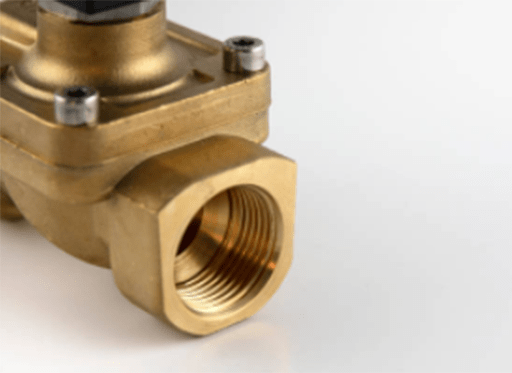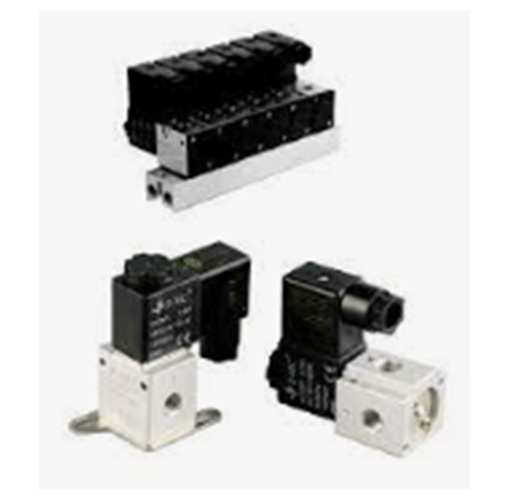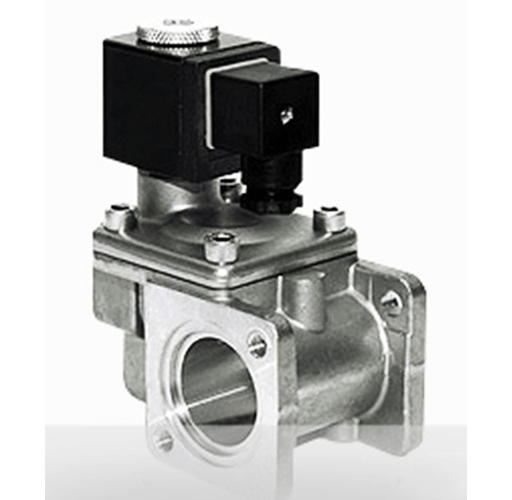
Figure 1: Solenoid Valve (Go to Okmarts and pick the solenoid valve you need.).
1. Defination
Solenoid valve is an industrial equipment controlled by electromagnetism. It is an automatic basic element used to control fluid. It belongs to actuator and is not limited to hydraulic and pneumatic. It is used to adjust the direction, flow, speed and other parameters of the medium in the industrial control system.
2. Working Principle

Figure 2: Working principle of solenoid valve.
There are closed cavities and holes in different positions in the solenoid valve. Each hole is connected to a different oil pipe. In the middle of the cavity is a piston and on both sides are two electromagnets. Which side of the magnet coil is energized, the valve body will be attracted to which side, and different oil drain holes will be opened or closed by controlling the movement of the valve body. The oil inlet hole is normally open, and the hydraulic oil will enter different oil drain pipes. Then the hydraulic oil pushes the piston of the oil cylinder through the pressure of the oil. And the piston will drive the piston rod which drives the mechanical device. In this way, the mechanical movement is controlled by controlling the on-off current of the electromagnet.
3. Function and Application
In most flow control applications, it is necessary to start or stop the flow in the circuit to control the fluids in the system. An electronically operated solenoid valve is usually used for this purpose. By being solenoid actuated, solenoid valves can be positioned in remote locations and may be conveniently controlled by simple electrical switches.
Solenoid valves are the most frequently used control elements in fluidics. They are commonly used to shut off, release, dose, distribute or mix fluids. For that reason, they are found in many application areas. Solenoids generally offer fast and safe switching, long service life, high reliability, low control power and compact design.
4. Classification
4.1 By Working Principle
Solenoid valves are divided into two categories in principle: Direct acting solenoid valve and Pilot operated solenoid valve.
Direct acting solenoid valve

Figure 3: Direct acting solenoid valve.
Working principle: After energized, the electromagnetic coil generates electromagnetic force to lift the closing part from the valve seat and open the valve; When the power is off, the electromagnetic force disappears, the spring presses the closing part on the valve seat and the valve closes.
Features: It can work normally under vacuum, negative pressure and zero pressure, but the drift diameter is generally no more than 25mm.
Pilot operated solenoid valve

Figure 4: Pilot operated solenoid valve.
Working Principle: After energized, the electromagnetic force will open the pilot hole, the pressure in the upper chamber will drop rapidly, and a low and high pressure difference will be formed around the closing part. The fluid pressure will push the closing part to move upward and the valve will open; When the power is off, the spring force closes the pilot hole, the inlet pressure quickly passes through the bypass hole and the chamber forms a pressure difference between lower and upper around the valve closing part. The fluid pressure pushes the closing part to move downward to close the valve.
Features: The upper limit of fluid pressure range is high which can be installed arbitrarily (customized). But it must meet the conditions of fluid pressure difference.
4.2 By Function
Solenoid valves are classified according to their functions: water solenoid valve, steam solenoid valve, refrigeration solenoid valve, low-temperature solenoid valve, gas solenoid valve, fire solenoid valve, ammonia solenoid valve, gas solenoid valve, liquid solenoid valve, micro solenoid valve, pulse solenoid valve, hydraulic solenoid valve, normally open solenoid valve, oil solenoid valve, DC solenoid valve, high-pressure solenoid valve, explosion-proof solenoid valve, etc.
Related Info
What is a contactorHow to test a contactor
How to judge the model of ac contactor


